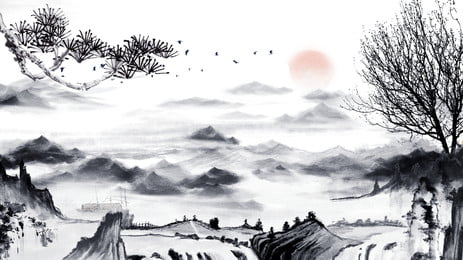
Chinese paintings, revered for centuries, stand as a testament to the rich cultural heritage and artistic prowess of China. Spanning a history of over thousands of years, these paintings encapsulate the essence of Chinese philosophy, aesthetics, and spirituality, embodying a harmonious blend of technique, symbolism, and profound artistic expression.
One of the distinctive features of Chinese paintings lies in their connection to nature. Traditional Chinese painters sought to capture the inherent beauty of landscapes, rivers, mountains, and flora with meticulous detail. The concept of “Shanshui” (mountain-water) painting emphasizes the portrayal of nature’s tranquillity and majesty, inviting viewers to immerse themselves in serene vistas. Each stroke aims not to replicate reality but to convey the artist’s inner thoughts and emotions, fostering a spiritual connection between the artwork and the observer.
Ink wash painting, also known as “sumi-e,” exemplifies the minimalist yet evocative nature of Chinese art. Using ink, water, and a brush, artists create monochrome masterpieces that evoke a sense of depth, movement, and emotion. These paintings often feature delicate brushwork, capturing the essence of a subject with seemingly effortless strokes. The intentional use of empty space, known as “negative space,” holds as much significance as the inked portions, allowing for contemplation and imagination within the artwork.
Beyond landscapes, Chinese paintings encompass a diverse array of subjects, including flowers, birds, animals, and human figures. Each subject carries symbolic meaning deeply rooted in Chinese culture. For instance, the depiction of plum blossoms symbolizes resilience, while the image of the crane represents longevity and wisdom. These symbols, laden with cultural significance, add layers of depth and storytelling to the artwork.
The artistic techniques in Chinese paintings are deeply intertwined with philosophical principles such as balance, harmony, and the concept of Yin and Yang. The use of complementary colours, the rhythm of brushstrokes, and the emphasis on asymmetry all contribute to the overall balance and unity within the artwork. It is this harmonious balance that brings forth a sense of tranquillity and completeness, inviting viewers to appreciate the interconnectedness of elements within the painting.
Chinese paintings have not remained static throughout history; they have evolved and adapted while preserving their fundamental essence. Contemporary Chinese artists continue to innovate, blending traditional techniques with modern influences, thereby creating a bridge between the past and the present. Their works reflect the complexities of modern life while still paying homage to the heritage and techniques passed down through generations.
In today’s globalized world, Chinese paintings continue to captivate art enthusiasts worldwide, transcending cultural boundaries. Museums and galleries across the globe proudly showcase these artworks, allowing audiences to delve into the beauty and depth of Chinese artistic traditions.
In essence, Chinese paintings are more than visual representations; they encapsulate a profound philosophy, a reflection of the artist’s inner world, and a timeless expression of beauty. Through their brushstrokes and symbolism, these artworks invite us to contemplate the harmony of nature, the richness of culture, and the boundless creativity of the human spirit. They stand as a testament to the enduring legacy of Chinese artistry, captivating hearts and minds for generations to come.
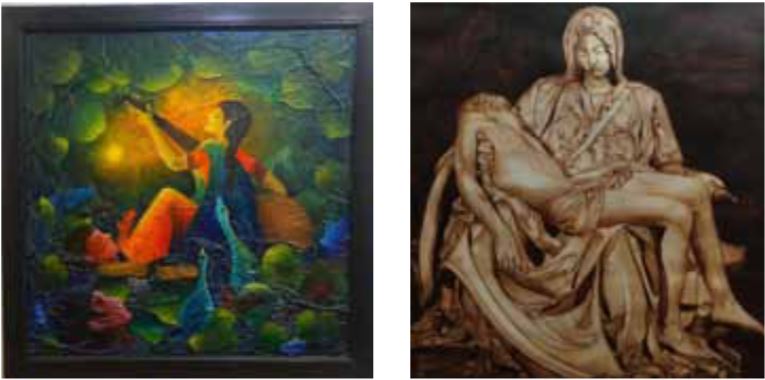





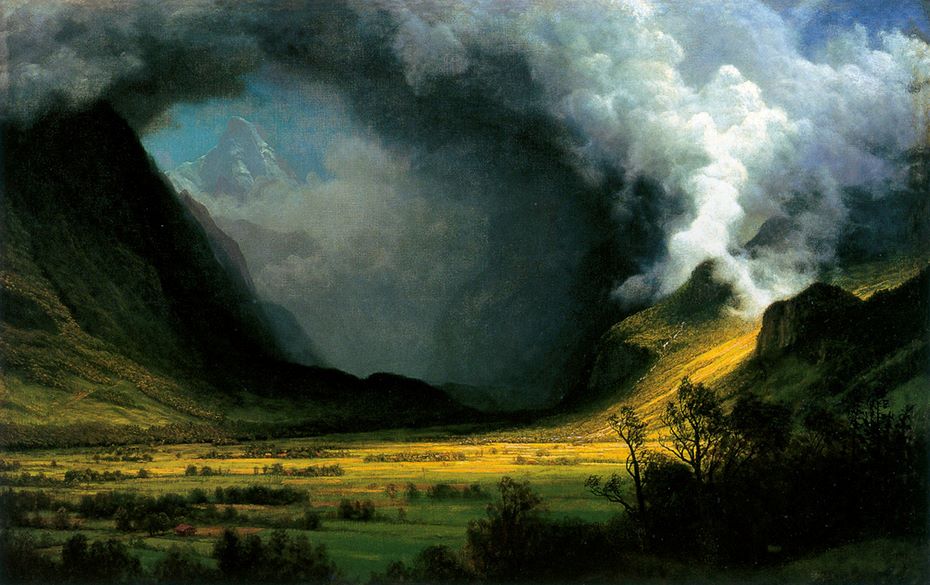









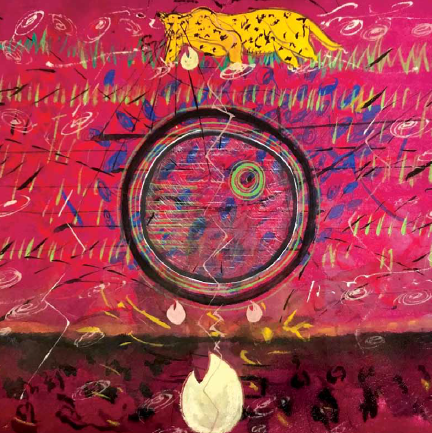
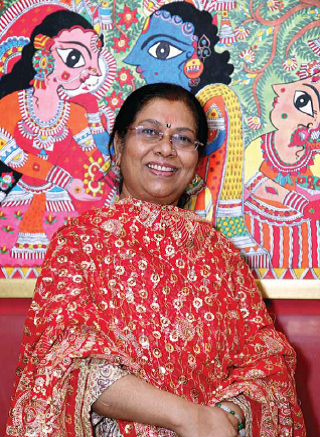

 " >
" >
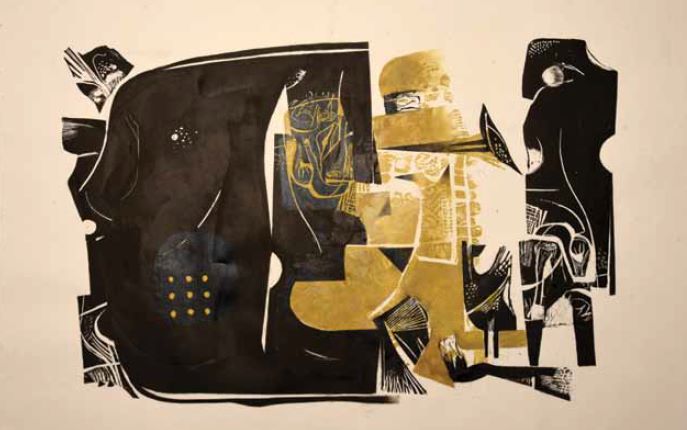 " >
" >